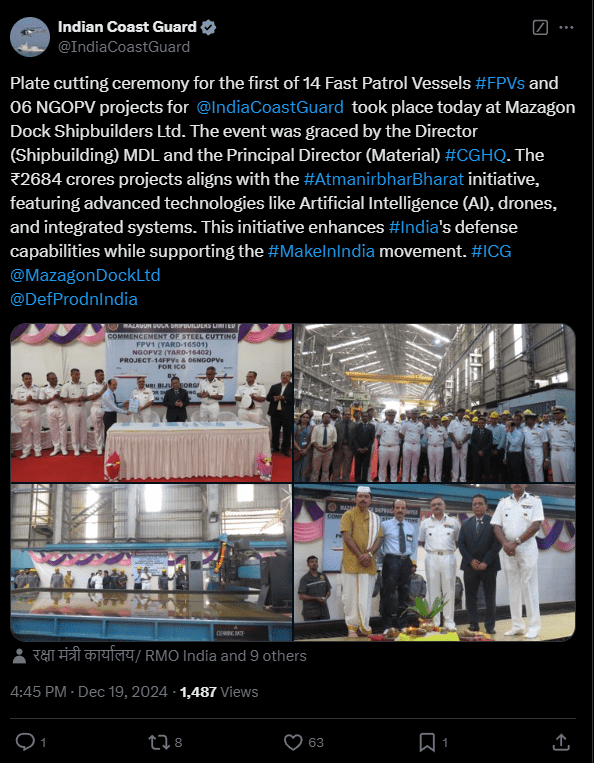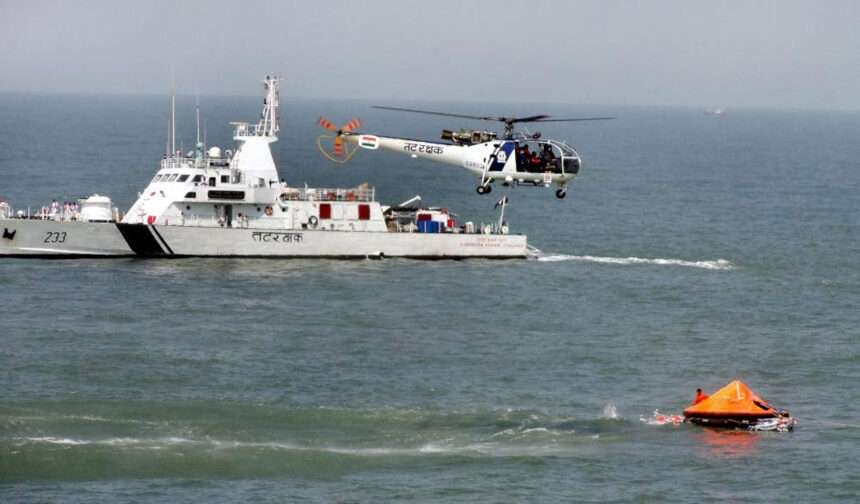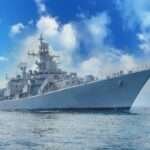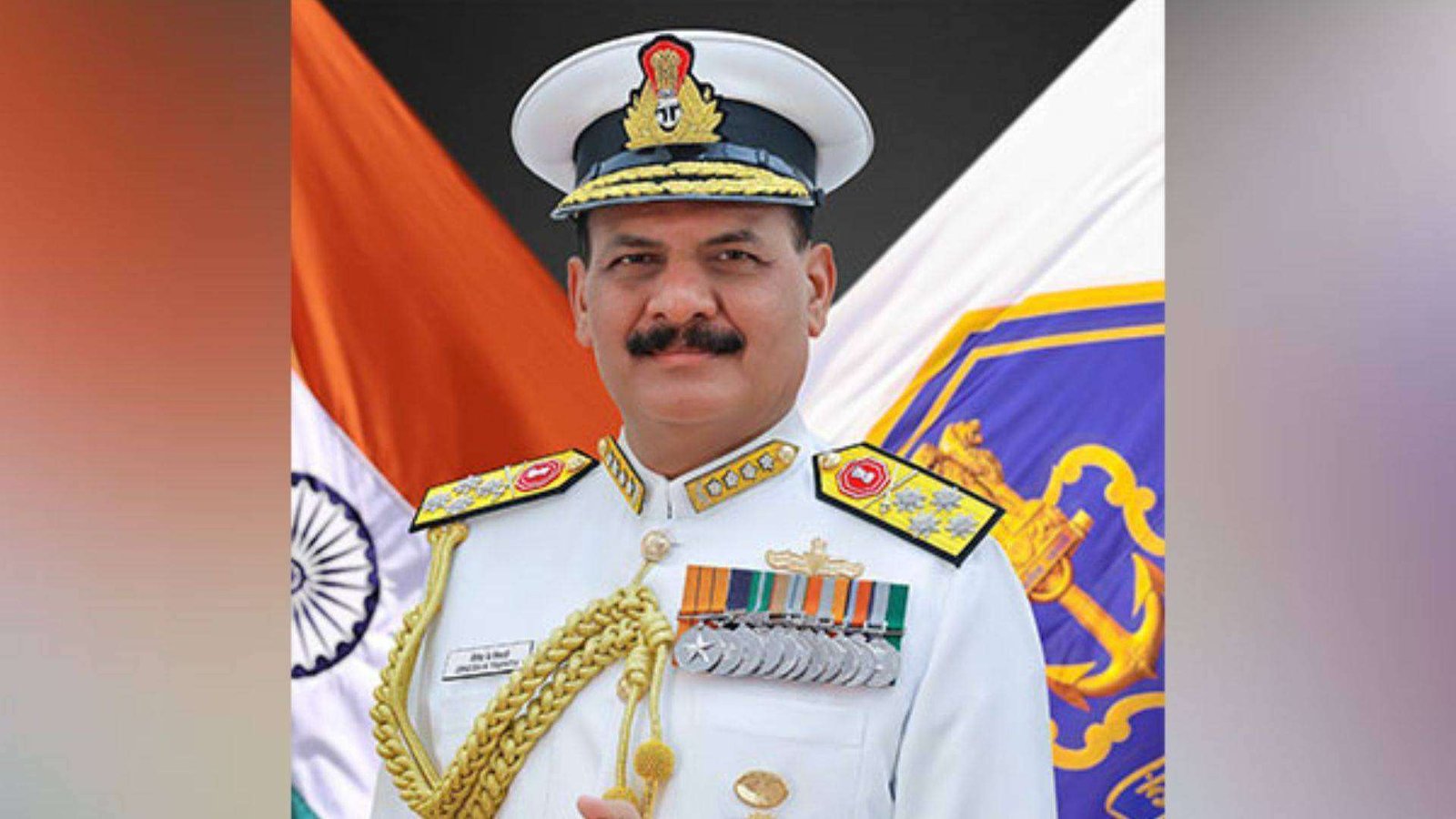14 Fast Patrol Vessels (FPV) and six Next-Generation Offshore Patrol Vessels (NGOPV) built by Mazagon Dockyard Ltd will enhance the Indian Coast Guard’s capabilities.
Today marked a significant milestone in India’s maritime defense. The Plate-Cutting Ceremony for the first of the 14 FPVs and the first of the six NGOPVs was solemnly held at Mazagon Dockyard Ltd in Mumbai. Many senior Coast Officers and representatives from MDL attended the ceremony.

MDL has been awarded a contract worth Rs. 2,684 crores under the Indian Indigenously Designed, Developed, and Manufactured (IDDM) category to manufacture these vessels. IDDM is a category in India’s Defence Procurement Procedure (DPP) that promotes GOI’s “Atmanirbhar Bharat” in defense manufacturing. These vessels will be indigenously designed, developed, and built by MDL and delivered in the next few years.
Fast Patrol Vessels (FPVs)
Fast Patrol Vessels are not just any ships. They are indigenously designed medium-weapon surface platforms, each 55 meters long, capable of operating in maritime zones and around island territories. Propelled by two diesel engines, these ships can reach up to 27 knots. They are armed with a 30 mm Gun and 2 in Nos of 12.7 mm and can accommodate 42 crew members. Their advanced design allows them to operate in special economic zones and coastal patrolling, including shallow waters, fisheries protection, anti-smuggling, anti-terrorist, and anti-piracy operations. These vessels can also be utilized during wartime and maritime pollution response operations. Currently, the Indian Coast Guard is operating approximately 20 Fast Patrol Vessels (FPVs).
Next-Generation Offshore Patrol Vessel (NGOPV)
On December 20, 2023, the Ministry of Defence and MDL signed a contract to build six Next-Generation Offshore Patrol Vessels (NGOPV). These ships will be approximately 115 meters long and have state-of-the-art weapons and sensors, including drones.
India’s coastline is 7516 km, and the Indian Coast Guard plays a crucial role in safeguarding its maritime waters. Upon induction, these vessels will enhance the service’s capabilities. They will also be utilized for HADR operations and enforcing maritime law.













